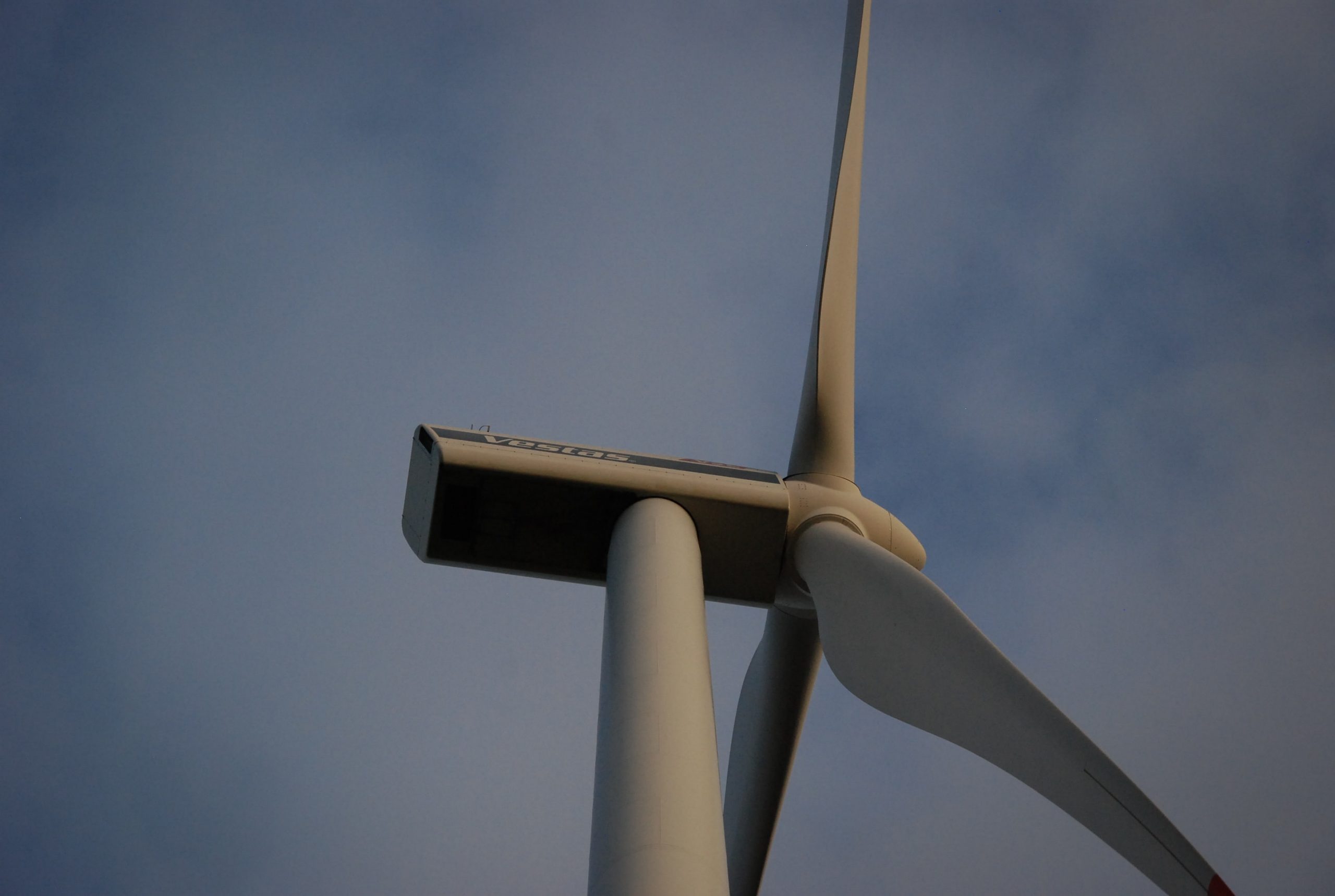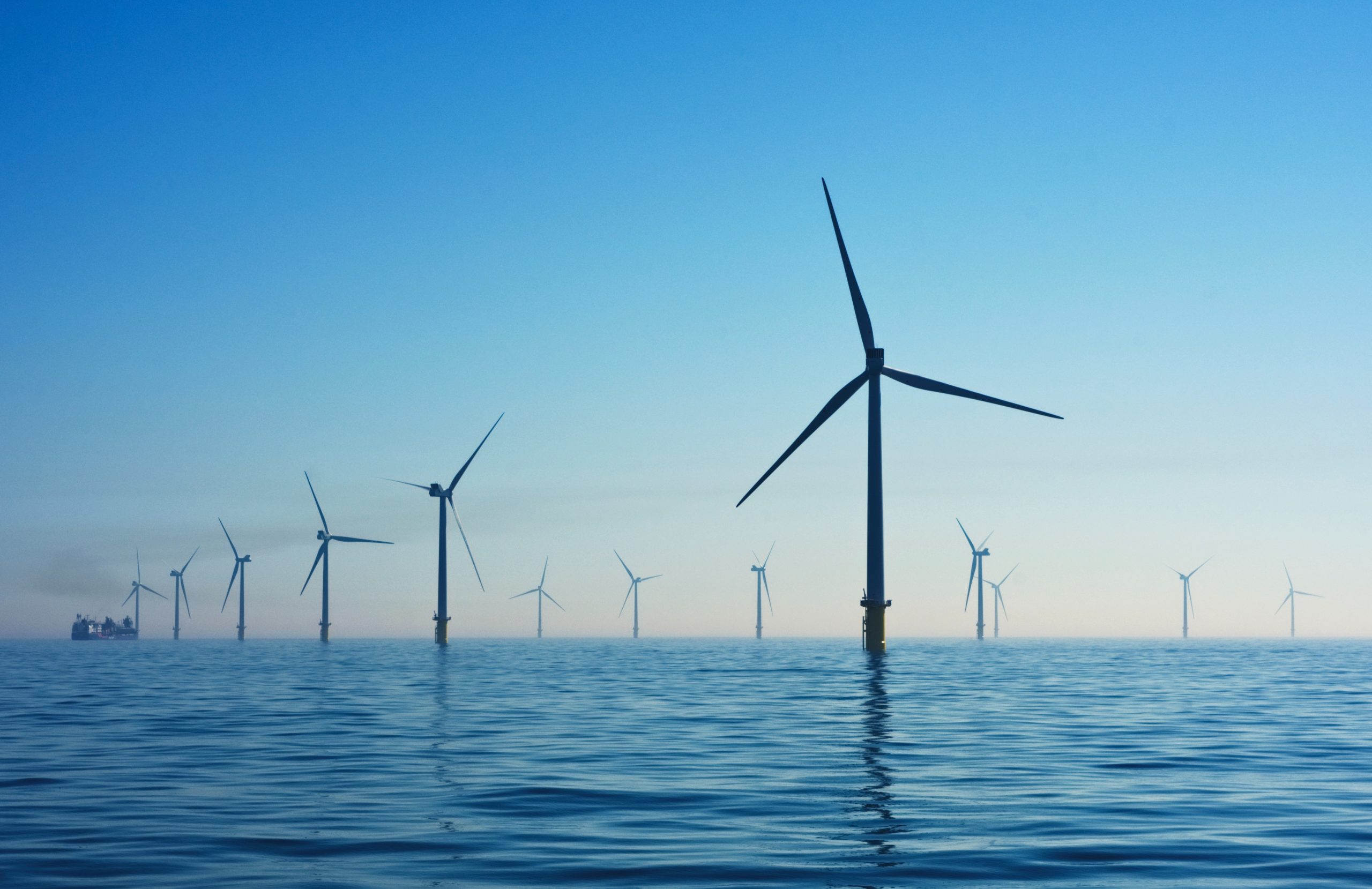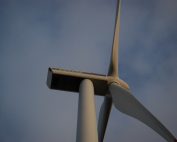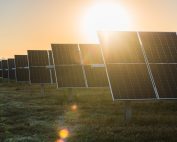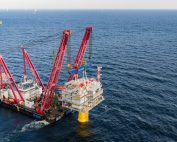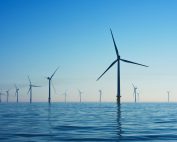The proposed law will accelerate the procedure to grant permits for renewable energy power plants including offshore windmills.
Key changes voted by Members of the European Parliament on Wednesday 14th December:
- renewables go-to area – a new definition is added in Article 2 of RED II Directive as well as an obligation for Member States to adopt a plan or plans designating ‘renewables go-to areas’, which are particularly suitable areas for the installation of production of energy from renewable sources;
- overriding public interest – the concept is introduced in the new Article 16d of RED II Directive to ensure a smooth permitting process for plants for the production of energy from renewable sources, their connection to the grid, the related grid itself or storage assets;
- obligation for Member States to identify the land and sea areas necessary for the installation of plants for the production of energy from renewable sources in order to meet their national contributions towards the 2030 renewable energy target;
In their amendments to the European Commission proposal, Members of the European Parliament shortened the maximum period to approve new installations from twelve to nine months, if located in so-called “renewables acceleration areas”. These will be marked out by each member state depending on whether they are able to install renewables at a faster pace. If the competent authority does not respond by the deadline, the permit or request is deemed to be approved – following the so-called “positive silence” principle. Outside such areas, the process should not exceed 18 months, MEPs say, – and not two years as originally proposed. On repowering existing renewable energy plants, MEPs want the permit-granting process to not exceed six months.
In a comment after the vote, MEP Morten Helveg Petersen from Committee on Industry, Research and Energy (ITRE) remarked – It’s a green milestone in European energy history. What we are talking about is that permitting procedures in some cases will be reduced to a single year, and we all know what significant impact this will have for developers with offshore projects in the pipeline. To me, this was what it was all about, and I owe a thanks to stakeholders like BalticWind, who has supported the fight for faster permitting over the past years. A major obstacle to the green transition has been removed, and we can all look forward to no longer having renewables projects stuck at administration desks.

Morten Helveg PETERSEN, Member of the European Parliament, Source: European Parliament
When establishing the rules for the designated renewable acceleration areas, EU countries must avoid or, if not possible, significantly reduce the negative environmental impact that may arise for such areas. Natura 2000 sites, nature parks and reserves as well as the identified bird and marine mammal migratory routes shall be excluded, except for artificial and built surfaces such as rooftops, parking lots or transport infrastructure. MEPs also added provisions to ensure the public is involved before an area is chosen to install a plant and before renewable areas are designated.
Source: European Parliament



